Aikido is a martial art from Japan that redirects the force, speed and intensity of an attack or situation by using internalized techniques.
AIKIDO was founded and promoted throughout Japan by Morihei Ueshiba. Known for its joint-twisting and pinning techniques (kansetsu-waza) and its thrusting and striking techniques (atemi-waza). Aikido is performed by blending with the motion of the attacker and redirecting the force of the attack rather than opposing it head-on.
It was not until 1942 that Ueshiba began to call the martial art that he had been teaching "Aikido"
| 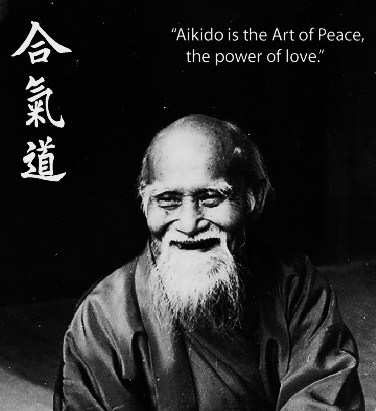 Principles of swordsmanship are incorporated into aikido movements. Ueshiba, the founder of Aikido, practiced and mastered several combat arts during his lifetime, although the major techniques of Aikido were derived from Daito-ryu Aiki-Jujutsu. In 1915 Morihei Ueshiba came under the tutelage of the notorious grand master of Daito-ryu Aiki-jujutsu, Sokaku Takeda. The training that Morihei received under Takeda was both effective and brutal stemming from many years of real fight to the death combat.
Sokaku Takeda was the founder of Daito-ryu Aiki-jujutsu.
|
Ueshiba's senior students have different approaches to aikido, depending on when they studied with him. Today aikido is found all over the world in a number of styles, with broad ranges of interpretation and emphasis. However, they all share techniques learned from Ueshiba and most have concern for the well-being of the attacker.
We strive to intuitively react appropriately before the attack even begins.
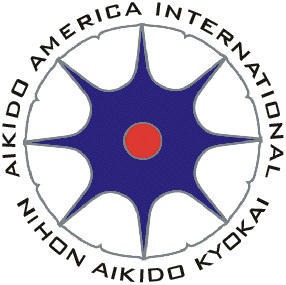  Seated: Kenji Tomiki, Morehei Ueshiba (Founder of Aikido) | Aikido America International / NIHON AIKIDO KYOKAI (Japan Aikido Association) An alliance of martial art schools that follow the training structure developed by Professor Kenji Tomiki, the founder of Nihon Aikido Kyokai (Japan Aikido Association).
Basic Principles of AikidoAs Taught by Professor Kenji Tomiki
These maxims have been translated into English (by Professor Kano himself) as: The first principle, "Seiryoku Zenyo", makes certain that your training is efficient. What you learn must work. In martial arts, the difference between what works and what does not could mean the difference between life and death. If a certain waza (transliterated as technique) works only when your partner cooperates (too much), its efficacy is in question. Or, if it works only when applied by someone with considerably superior strength, it probably is not efficient.
|
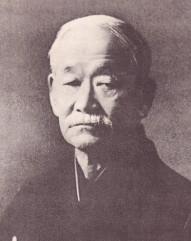 Professor Jigoro Kano Founder of Judo | The second principle, "Jita Kyoei", ensures that your training is beneficial to you and your partners. If it is to be beneficial, it has to be safe. Alternatively, if it is unsafe, it will be extremely difficult, if not impossible, to train realistically. "Mushin Mugamae". excerpts from www.aikidoamerica.org |
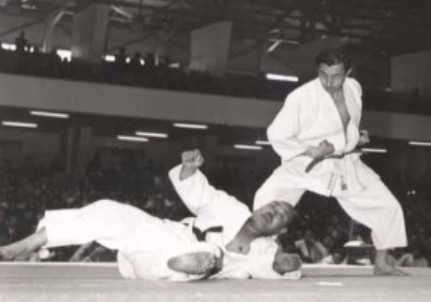 | 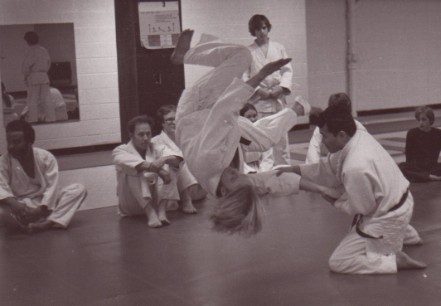 |
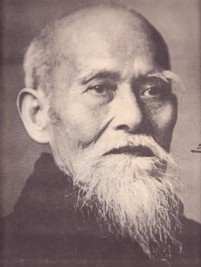
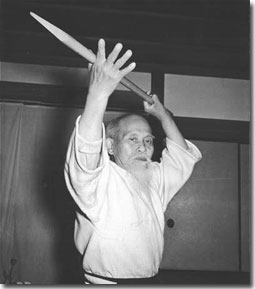
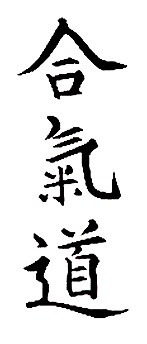
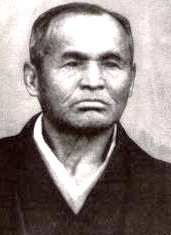


 According to Professor Tomiki, "mushin" is a state of mind that is free -- that does not dwell in any particular place and is thus everywhere. He once likened it to water; water can follow natural terrains and go everywhere but can at the same time be overwhelming. It is the state of mind that can perceive everything around you; you are ready for anything and everything. [Sometimes, "mushin" is narrowly translated as "no mind" but that does not convey its meaning well.]
According to Professor Tomiki, "mushin" is a state of mind that is free -- that does not dwell in any particular place and is thus everywhere. He once likened it to water; water can follow natural terrains and go everywhere but can at the same time be overwhelming. It is the state of mind that can perceive everything around you; you are ready for anything and everything. [Sometimes, "mushin" is narrowly translated as "no mind" but that does not convey its meaning well.]